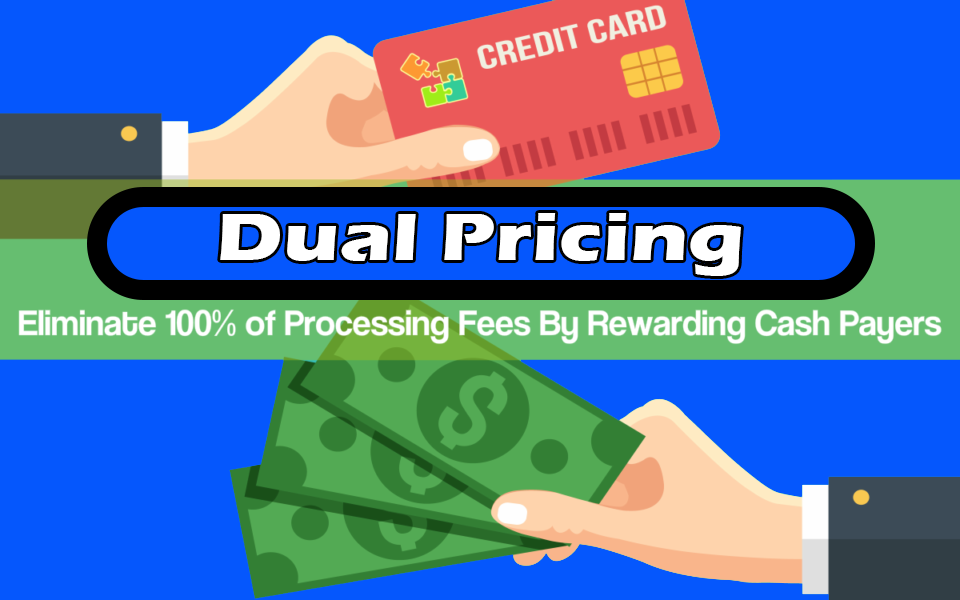|
A dual pricing program and surcharging are both methods that businesses can use to pass on some or all of the cost of credit card processing to customers. However, there are some key differences between the two: Dual Pricing Program: In a dual pricing program, the merchant offers a discount to customers who pay in cash. The discount is usually equivalent to the amount of the processing fee that the merchant would normally pay to the credit card company. This means that the customer who pays in cash gets a lower price, while the customer who pays with a credit card pays the full price. This is a legal and ethical way to offset the costs of processing credit card payments without charging extra fees. Surcharging: In contrast, surcharging is the practice of adding a fee to the purchase price of an item when a customer uses a credit card to pay for it. The fee is usually a percentage of the total purchase price, and it is added on top of the price that the customer would pay if they were paying in cash. Surcharging is legal in some states, but it is prohibited in others, and there are rules and restrictions that merchants must follow if they choose to surcharge. In summary, the key difference between a dual pricing program and surcharging is the way in which the fees are handled. With a dual pricing program, the merchant offers a discount for paying with cash, while with surcharging, the merchant adds a fee for paying with a credit card. Both methods can be effective in reducing the cost of credit card processing for businesses, but it’s important to be aware of the legal and ethical implications of each approach.
Call Us Today, To Learn More About Dual Pricing!
702-248-8900
|






